Home>Articles>How Much Does It Cost To Move Plumbing Fixtures In The Bathroom
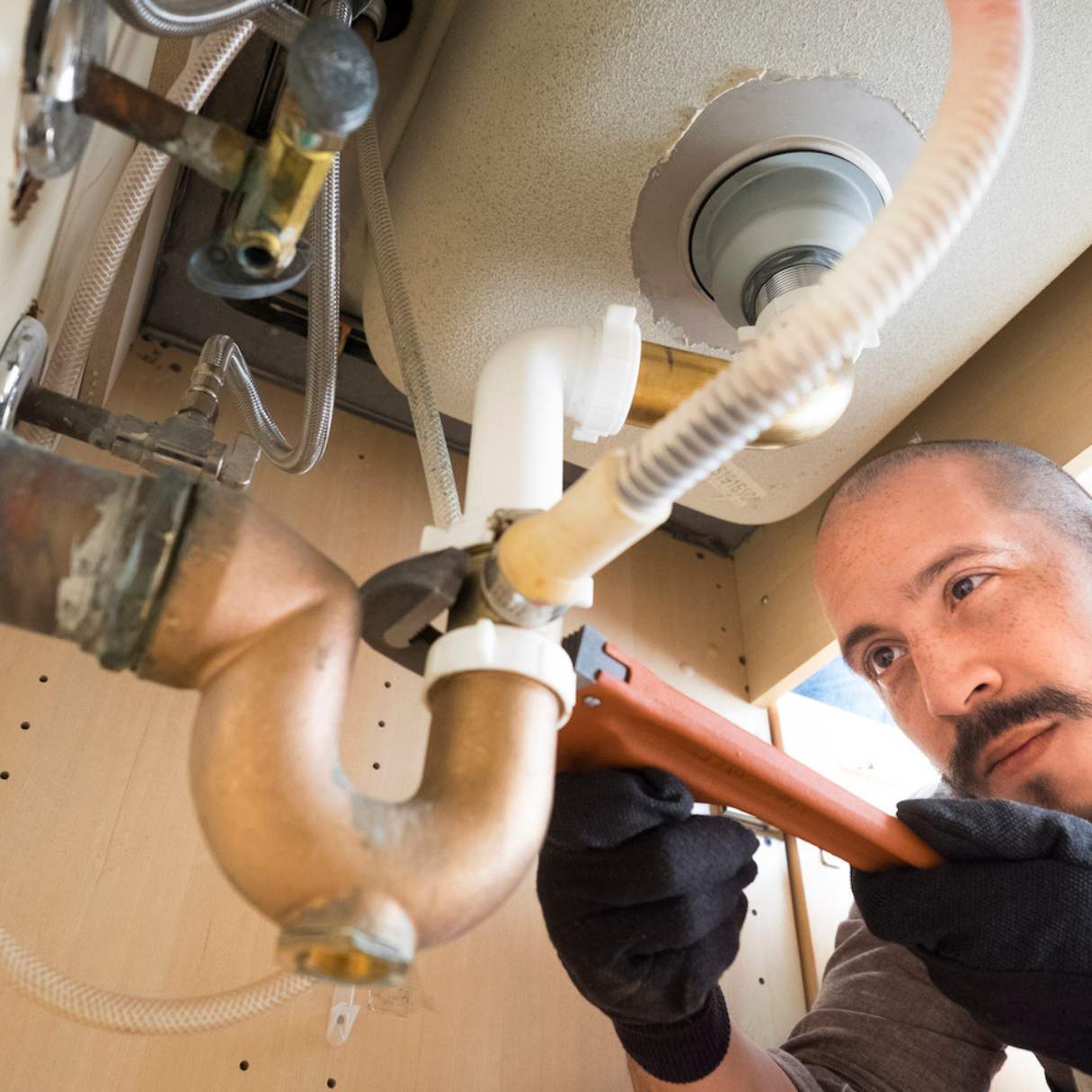

Articles
How Much Does It Cost To Move Plumbing Fixtures In The Bathroom
Modified: December 7, 2023
Looking to move the plumbing in your bathroom? Find articles on how much it may cost and what factors to consider for a successful plumbing relocation.
(Many of the links in this article redirect to a specific reviewed product. Your purchase of these products through affiliate links helps to generate commission for Storables.com, at no extra cost. Learn more)
Introduction
When it comes to renovating or remodeling a bathroom, one common challenge that homeowners face is the need to move plumbing fixtures. Whether it’s relocating the toilet, sink, or bathtub, moving the plumbing can make a significant impact on the overall layout and design of the space. However, it’s essential to understand the factors to consider and the costs involved before embarking on such a project.
There are several reasons why you may need to move the plumbing in your bathroom. Perhaps you’re looking to create a more functional layout, maximize space, or simply update the aesthetics. Regardless of the motive, it’s crucial to plan and budget accordingly to ensure a successful and cost-effective renovation.
In this article, we’ll explore the factors to consider and the associated costs when it comes to moving plumbing fixtures in your bathroom. By understanding these aspects, you’ll be better equipped to make informed decisions and approach your project with confidence.
Key Takeaways:
- Moving plumbing fixtures in your bathroom involves considering factors like existing infrastructure, accessibility, and building codes. Costs vary based on the type of fixture and additional expenses like demolition and repairs.
- Hiring a professional plumber for moving plumbing fixtures is crucial for safety, efficiency, and long-term reliability. Their expertise, proper equipment, and adherence to building codes ensure a successful renovation.
Factors to Consider
Before diving into the costs associated with moving plumbing fixtures in your bathroom, it’s important to consider a few factors that can impact the complexity and feasibility of the project. These factors can influence the overall cost and timeline, so it’s essential to take them into account before moving forward.
1. Existing Plumbing Infrastructure: The layout and design of your existing plumbing system play a vital role in determining the ease of moving fixtures. If your bathroom has a complex plumbing configuration with hard-to-reach pipes, it may pose a greater challenge and incur higher costs to relocate the fixtures.
2. Accessibility: Accessibility is another critical factor to consider. If you have easy access to the plumbing pipes and fixtures, the process of moving them will likely be smoother and more cost-effective. However, if the pipes are located behind walls or under floors, additional time and effort may be required to access and relocate them.
3. Building Codes and Permits: Before making any changes to your bathroom plumbing, it’s crucial to check local building codes and regulations. Some areas have specific requirements for plumbing modifications, and obtaining the necessary permits ensures that your project complies with these regulations. Keep in mind that obtaining permits may incur additional costs.
4. Structural Considerations: Depending on the scope of your project, moving plumbing fixtures may require making structural modifications. This could involve cutting through walls, reinforcing floors, or adjusting supports. Assessing the structural impact beforehand will help you plan and budget accordingly.
5. Design and Functionality: Consider how the new layout will enhance the design and functionality of your bathroom. Ensure that the new position of the fixtures aligns with your vision and serves your needs. Work with a professional designer or contractor to explore different options and create a functional and aesthetically pleasing space.
Cost of Moving Plumbing Fixtures
When it comes to the cost of moving plumbing fixtures in your bathroom, several factors come into play. These include the type of fixtures being relocated, the complexity of the plumbing system, and the amount of work required to complete the task. Here, we’ll break down the potential costs associated with moving different plumbing fixtures.
1. Toilet: Moving a toilet involves disconnecting the existing plumbing and relocating it to a new position. The average cost for moving a toilet ranges from $200 to $600, depending on factors such as the distance of the new location from the existing plumbing, accessibility, and the need for any additional plumbing work. This cost includes labor, materials, and any necessary permits.
2. Sink: When it comes to relocating a bathroom sink, the cost can vary depending on the complexity of the plumbing system and the distance to the new location. On average, you can expect to spend between $200 and $500 for moving a sink. This includes disconnecting and reconnecting the water supply lines, drain pipe, and any associated plumbing work.
3. Bathtub or Shower: Moving a bathtub or shower requires more extensive plumbing work, including rerouting the water supply and drainage pipes. The cost for moving a bathtub or shower can range from $1,000 to $3,000, depending on factors such as the material of the bathtub, the complexity of the plumbing system, and any additional modifications required to the bathroom structure.
4. Additional Fixtures: If your bathroom includes additional fixtures such as bidets or urinals, the cost of relocating these fixtures will vary depending on their complexity and the amount of plumbing work involved. It’s best to consult with a professional plumber to get an accurate estimate for these specific fixtures.
It’s important to note that these cost ranges are estimates and can vary depending on various factors such as your location, the specific contractor you hire, and the materials used. To get an accurate cost estimate, it’s recommended to consult with multiple plumbing contractors and obtain detailed quotes for your specific project.
Cost of Moving Drainage Pipes
When it comes to moving drainage pipes in your bathroom, it’s important to consider the complexity of the existing plumbing system and the extent of the modifications required. Relocating drainage pipes involves disconnecting the existing pipes, rerouting them to the new location, and connecting them back into the main sewer or septic system. The cost of moving drainage pipes can vary depending on several factors.
1. Scope of Work: The cost of moving drainage pipes will depend on the length of the pipes that need to be relocated and the complexity of the new layout. If the new position requires a significant extension of the drain lines or requires additional fittings and connections, the cost will be higher. The accessibility of the pipes and the amount of demolition and reconstruction involved can also affect the cost.
2. Material and Labor Costs: The material used for the drainage pipes, such as PVC or cast iron, and the labor costs associated with the project will impact the overall cost. PVC pipes are generally more affordable than cast iron pipes. Labor costs will depend on the expertise and experience of the plumber and the amount of time required to complete the job.
3. Permits and Inspections: Depending on your location, you may need to obtain permits and schedule inspections for the relocation of drainage pipes. These additional costs should be factored into your budget. It’s important to check with your local building department to determine the specific requirements for your area.
4. Unexpected Challenges: During the process of moving drainage pipes, unforeseen challenges may arise. These can include outdated or damaged pipes, obstructions in the walls or floors, or the need for additional repairs or upgrades. It’s important to account for these potential additional costs when budgeting for the project.
It’s difficult to provide an exact cost estimate for moving drainage pipes as it can vary significantly depending on your specific situation. It’s recommended to consult with professional plumbers, provide them with detailed information about your project, and obtain multiple quotes. This will help you get a more accurate idea of the cost involved in moving the drainage pipes in your bathroom.
Cost of Moving Water Supply Lines
When it comes to moving water supply lines in your bathroom, there are several factors to consider that can impact the overall cost. Relocating water supply lines involves disconnecting the existing lines, rerouting them to the new location, and reconnecting them to the plumbing fixtures. Here, we’ll discuss the potential costs associated with moving water supply lines.
1. Distance and Accessibility: The cost of moving water supply lines will depend on the distance between the current and new locations and the accessibility of the plumbing system. If the new location is far from the existing lines or requires additional piping, the cost will be higher. Additionally, if the pipes are difficult to access due to obstructions or limited space, it may require more labor and time, increasing the overall cost.
2. Material Costs: The materials used for the water supply lines will impact the overall cost. Copper pipes are commonly used for water supply lines due to their durability and resistance to corrosion. However, they are more expensive than materials such as PEX (cross-linked polyethylene) or CPVC (chlorinated polyvinyl chloride). Discuss with your plumber to determine which material is best suited for your project and budget.
3. Labor Costs: The complexity of the plumbing system and the amount of labor required to reroute the water supply lines will influence the cost. Highly experienced plumbers may charge more for their services, but they can ensure the job is done efficiently and effectively. It’s recommended to obtain multiple quotes from reputable plumbers to compare labor costs and determine the best option for your needs.
4. Additional Considerations: There may be additional factors that can impact the cost of moving water supply lines, such as the need to install shut-off valves, replace outdated or damaged pipes, or address any code requirements or permit fees. It’s important to discuss these potential additional costs with your plumber to ensure they are included in your budget.
Keep in mind that the cost estimates provided here are general ranges and can vary based on your specific project requirements and location. To get an accurate cost estimate, it’s advisable to consult with professional plumbers who can assess your situation and provide detailed quotes tailored to your needs.
Before moving plumbing in a bathroom, consult a professional plumber to assess the feasibility and cost. Consider the impact on the overall layout and budget for any necessary structural changes.
Cost of Moving Ventilation Pipes
When it comes to moving ventilation pipes in your bathroom, it’s important to consider the specific requirements of your ventilation system. Relocating ventilation pipes involves disconnecting the existing pipes, rerouting them to the new location, and ensuring proper airflow and ventilation in the bathroom. Here, we’ll discuss the potential costs associated with moving ventilation pipes.
1. Ductwork Modifications: The cost of moving ventilation pipes will depend on the complexity of the ductwork modifications required. If the new location is far from the existing ventilation system, it may involve extending the ductwork or installing additional components to maintain proper airflow. The cost can vary based on the length of the ductwork, the number of bends and fittings required, and the accessibility of the existing system.
2. Material Costs: The materials used for ventilation pipes, such as galvanized steel, aluminum, or flexible ductwork, will impact the overall cost. The choice of materials may depend on factors such as the durability required, fire resistance, and local building code regulations. Discuss with your contractor to determine the best material for your project within your budget.
3. Labor Costs: The complexity of the ventilation system and the amount of labor required to move the pipes will influence the cost. Rerouting ventilation pipes can be challenging, especially if there are obstacles in the way or if the new location requires adjustments to the system. Experienced contractors may charge more for their services, but their expertise can ensure the job is done professionally and meets the necessary codes and standards.
4. Adjustments to Existing Components: Moving ventilation pipes may require adjustments to existing components such as exhaust fans or ventilation grilles. These adjustments, along with any additional electrical work needed, should also be factored into the overall cost.
5. Permits and Inspections: Depending on your local building codes and regulations, you may need to obtain permits and schedule inspections for the relocation of ventilation pipes. It’s essential to check with your local authorities to ensure compliance and determine any associated costs.
It’s important to note that the cost estimates provided here are general ranges and can vary based on your specific project requirements and location. To get an accurate cost estimate, it’s recommended to consult with professional contractors who specialize in ventilation systems. They can assess your situation, provide detailed quotes, and ensure that the relocation of ventilation pipes is performed safely and effectively.
Additional Costs to Consider
When planning to move plumbing fixtures in your bathroom, it’s important to account for additional costs that may be involved. These costs can vary depending on the specific requirements of your project and can impact your overall budget. Here are some additional expenses to consider:
1. Demolition and Reconstruction: Depending on the extent of the plumbing changes, you may need to demolish and reconstruct parts of your bathroom. This can include removing walls, flooring, or fixtures to access the plumbing pipes. The cost of demolition and reconstruction will depend on the size of your bathroom, the materials used, and the complexity of the work involved.
2. Repairs and Upgrades: Moving plumbing fixtures may reveal underlying issues or outdated components that require repair or replacement. For example, the relocation of a bathtub may uncover water damage or the need for new tiles. It’s important to budget for any necessary repairs or upgrades that may arise during the process.
3. Electrical Work: Moving plumbing fixtures can sometimes involve rearranging electrical connections, especially in the case of relocating vanity lights or adding new outlets. It’s important to consult with a licensed electrician to assess and address any electrical changes needed, which will incur additional costs.
4. Wall and Floor Finishes: Once the plumbing fixtures have been moved, you may need to repair or replace wall and floor finishes. This can include patching and repainting walls, installing new tiles or flooring materials, and ensuring a cohesive and finished look for your bathroom. The cost of wall and floor finishes will depend on the materials chosen and the scope of the area being renovated.
5. Design and Décor: Finally, consider any design and décor elements that may enhance the overall look of your newly renovated bathroom. This includes selecting new fixtures, such as faucets, sinks, and toilets, as well as considering any additional decorative elements such as lighting, mirrors, or storage solutions. Set aside a budget for these items to ensure a cohesive and visually appealing result.
It’s important to review your project plans with a contractor or designer to identify any potential additional costs specific to your bathroom renovation. By accounting for these expenses, you can ensure that your budget accurately reflects the full scope of the project.
Hiring a Professional Plumber
When it comes to moving plumbing fixtures in your bathroom, it’s highly recommended to hire a professional plumber who has experience and expertise in this type of work. While it may be tempting to attempt a DIY approach, plumbing tasks can be complex and require specialized knowledge to ensure they are done correctly and safely. Here are some reasons why hiring a professional plumber is crucial:
1. Skills and Expertise: Professional plumbers have the necessary skills and expertise to handle plumbing projects of all sizes and complexities. They are familiar with building codes, regulations, and best practices, ensuring that the work is done in compliance with industry standards. Their experience allows them to navigate potential challenges and provide efficient and effective solutions.
2. Time and Efficiency: Hiring a professional plumber can save you time and effort. They have the tools, equipment, and knowledge to complete the job efficiently, minimizing disruptions to your daily routine. Additionally, they can coordinate with other contractors, such as electricians or carpenters, if their expertise is required for the project, streamlining the overall renovation process.
3. Proper Equipment and Materials: Professional plumbers have access to the necessary equipment and high-quality materials needed for plumbing projects. They are well-equipped to handle any complications that may arise during the relocation of plumbing fixtures. This includes ensuring leak-free connections, proper sealing, and reliable performance of the plumbing system.
4. Safety Considerations: Plumbing involves working with water and potentially hazardous materials. Hiring a professional plumber minimizes the risk of accidents, such as leaks, water damage, or exposure to harmful substances. Plumbers follow safety protocols to protect themselves and ensure the safety of your home and its occupants.
5. Warranty and Insurance: Reputable professional plumbers often provide warranties for their workmanship, giving you peace of mind in case any issues arise after the project is completed. Additionally, they carry liability insurance, protecting you from any damages or injuries that may occur during the plumbing work.
When hiring a professional plumber, it’s important to do thorough research and select a reputable and licensed contractor. Ask for recommendations from friends, family, or your general contractor. Obtain multiple quotes, read reviews or testimonials, and verify licenses and insurance coverage. Clear communication, transparency, and a written contract are essential to ensure that both parties are on the same page regarding the scope of work, timeline, and cost.
Moving plumbing fixtures in your bathroom is a significant undertaking, and hiring a professional plumber is an investment that ensures the project is done correctly and efficiently. It not only saves you time and potential headaches but also provides long-term peace of mind knowing that your plumbing system will function properly and reliably for years to come.
Conclusion
When it comes to renovating or remodeling your bathroom and moving plumbing fixtures, careful planning and consideration are key. Understanding the factors involved and the associated costs will help you make informed decisions and ensure a successful project.
Factors such as the existing plumbing infrastructure, accessibility, building codes, and structural considerations play a crucial role in determining the complexity and feasibility of moving plumbing fixtures. Taking these factors into account from the start will help you create a realistic budget and timeline for your renovation.
The cost of moving plumbing fixtures can vary depending on the specific fixtures being relocated, the complexity of the plumbing system, and the extent of the work required. Costs can include the relocation of toilets, sinks, bathtubs or showers, as well as the adjustments to drainage pipes, water supply lines, and ventilation pipes. It’s important to consult with professional plumbers to obtain accurate cost estimates for your specific project.
In addition to the direct costs, it’s crucial to consider additional expenses such as demolition and reconstruction, repairs, electrical work, and wall and floor finishes. Budgeting for these factors will ensure that you have a comprehensive understanding of the overall cost of your bathroom renovation.
Lastly, hiring a professional plumber is highly recommended for moving plumbing fixtures. Their skills, expertise, proper equipment, and knowledge of safety protocols will ensure that the work is done efficiently, effectively, and in compliance with building codes. Additionally, professional plumbers often provide warranties and insurance coverage, providing further peace of mind.
By considering these factors, understanding the associated costs, and working with a professional plumber, you can confidently embark on your bathroom renovation project. Moving plumbing fixtures can transform the layout and design of your bathroom, creating a space that is both functional and aesthetically pleasing for years to come.
Frequently Asked Questions about How Much Does It Cost To Move Plumbing Fixtures In The Bathroom
Was this page helpful?
At Storables.com, we guarantee accurate and reliable information. Our content, validated by Expert Board Contributors, is crafted following stringent Editorial Policies. We're committed to providing you with well-researched, expert-backed insights for all your informational needs.

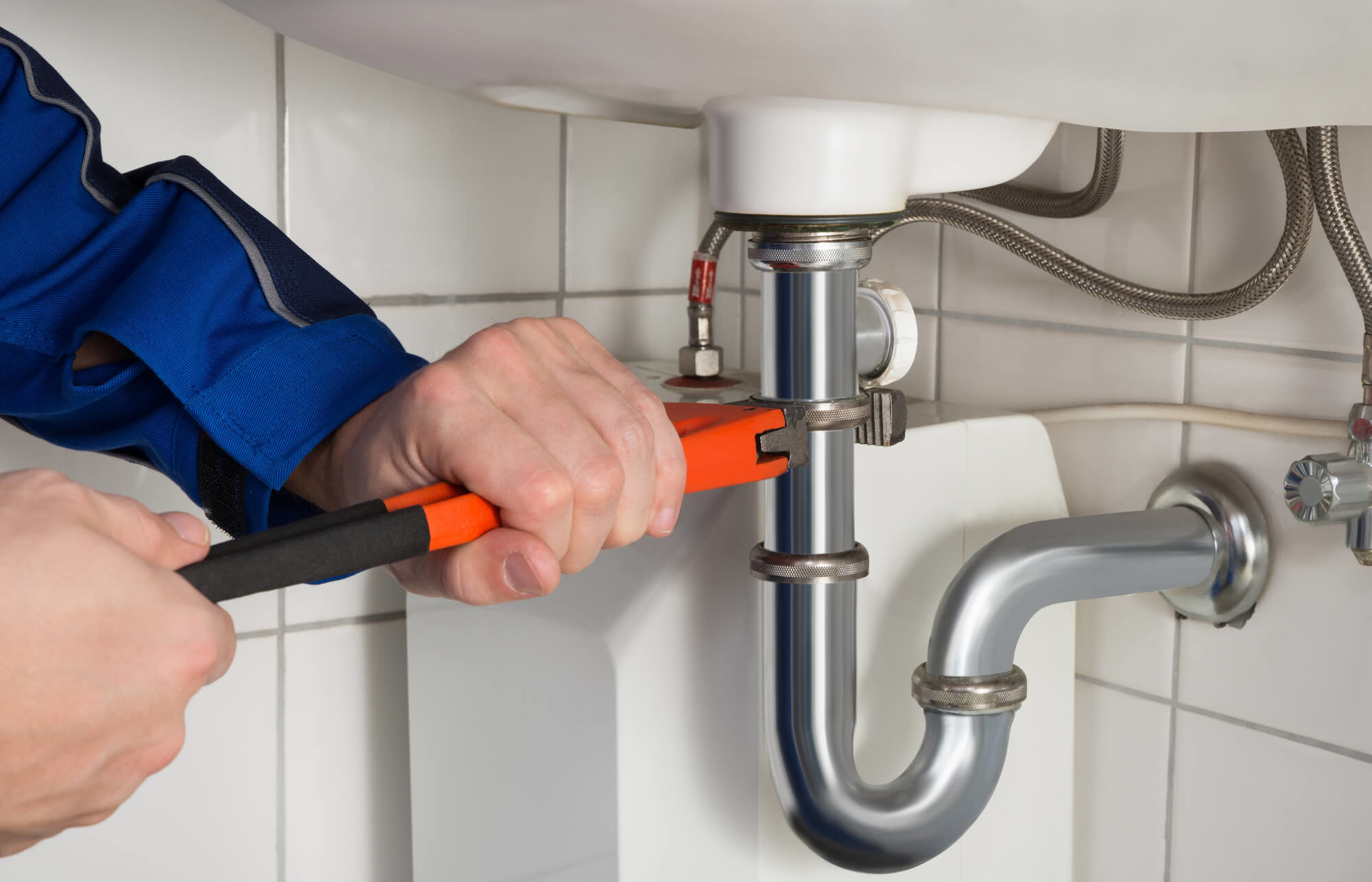
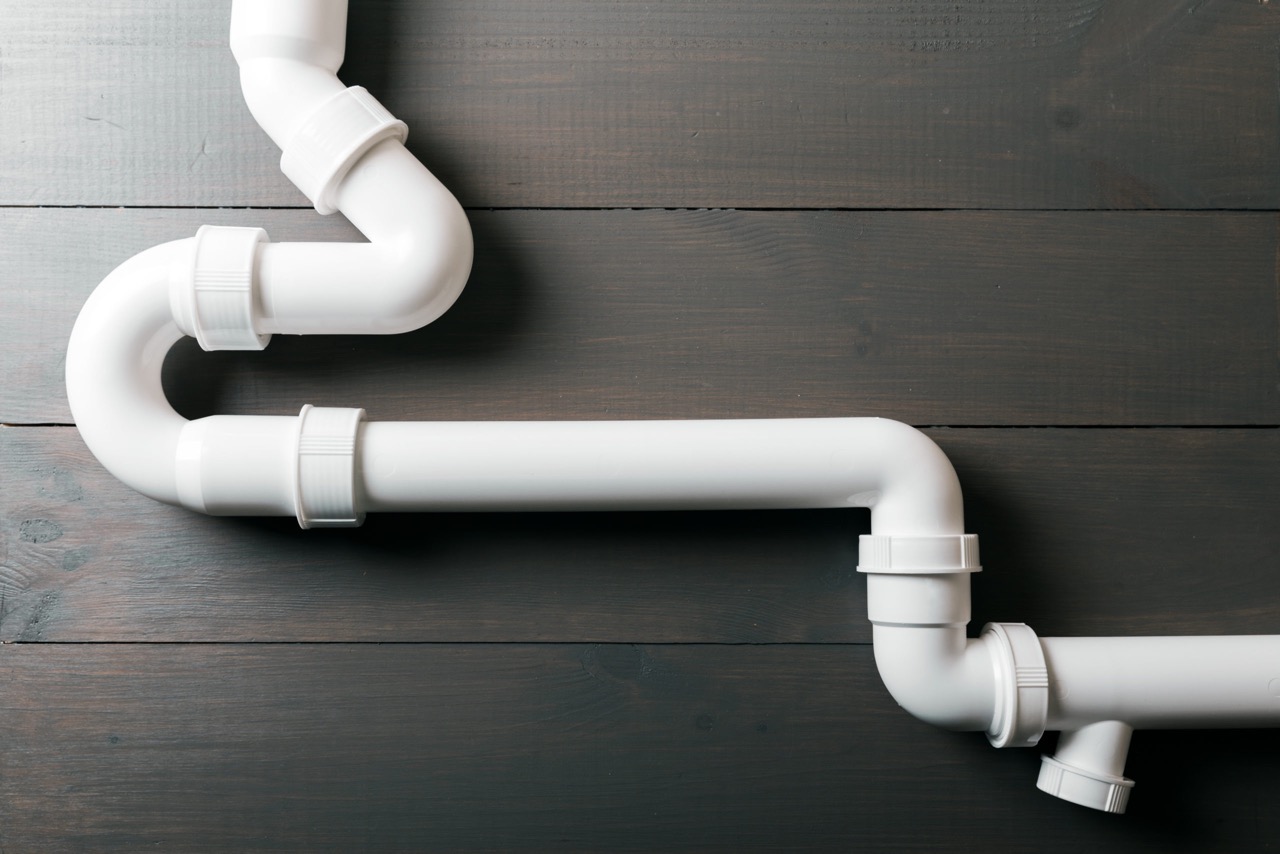
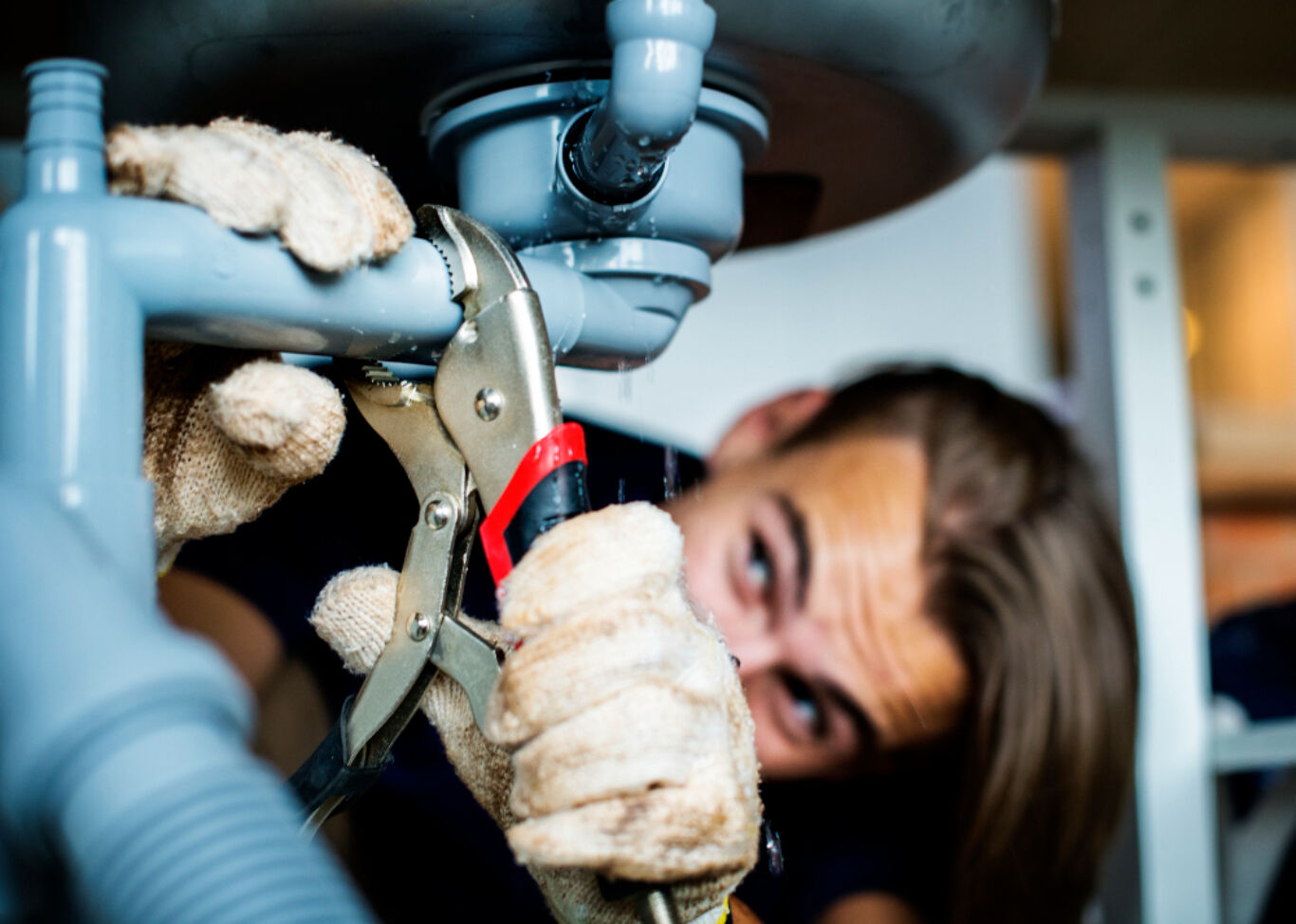

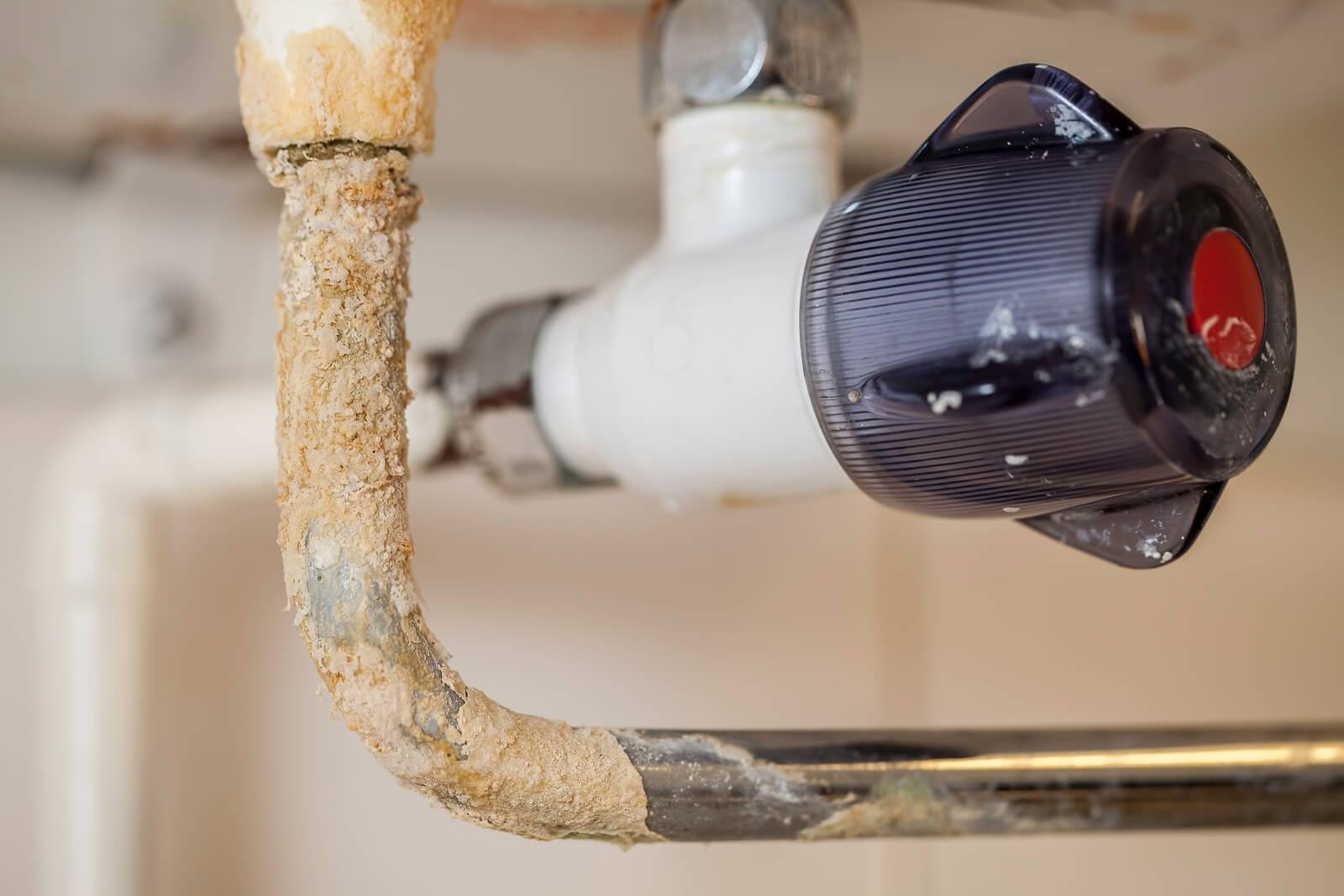
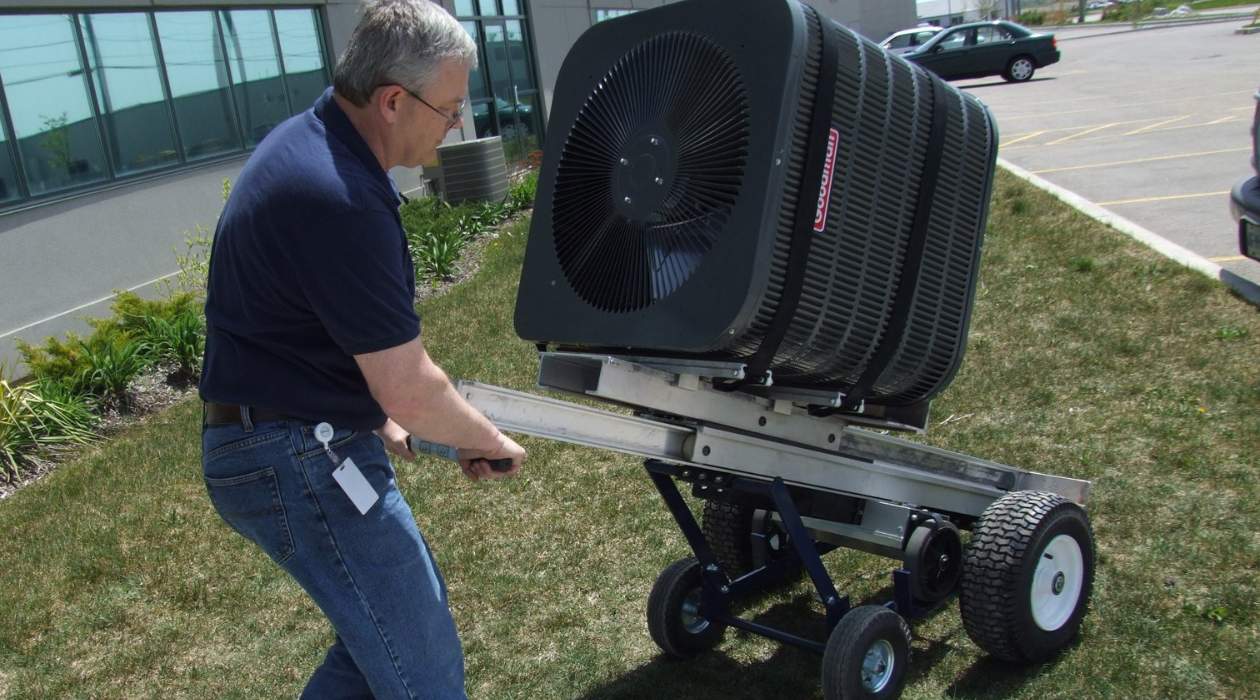
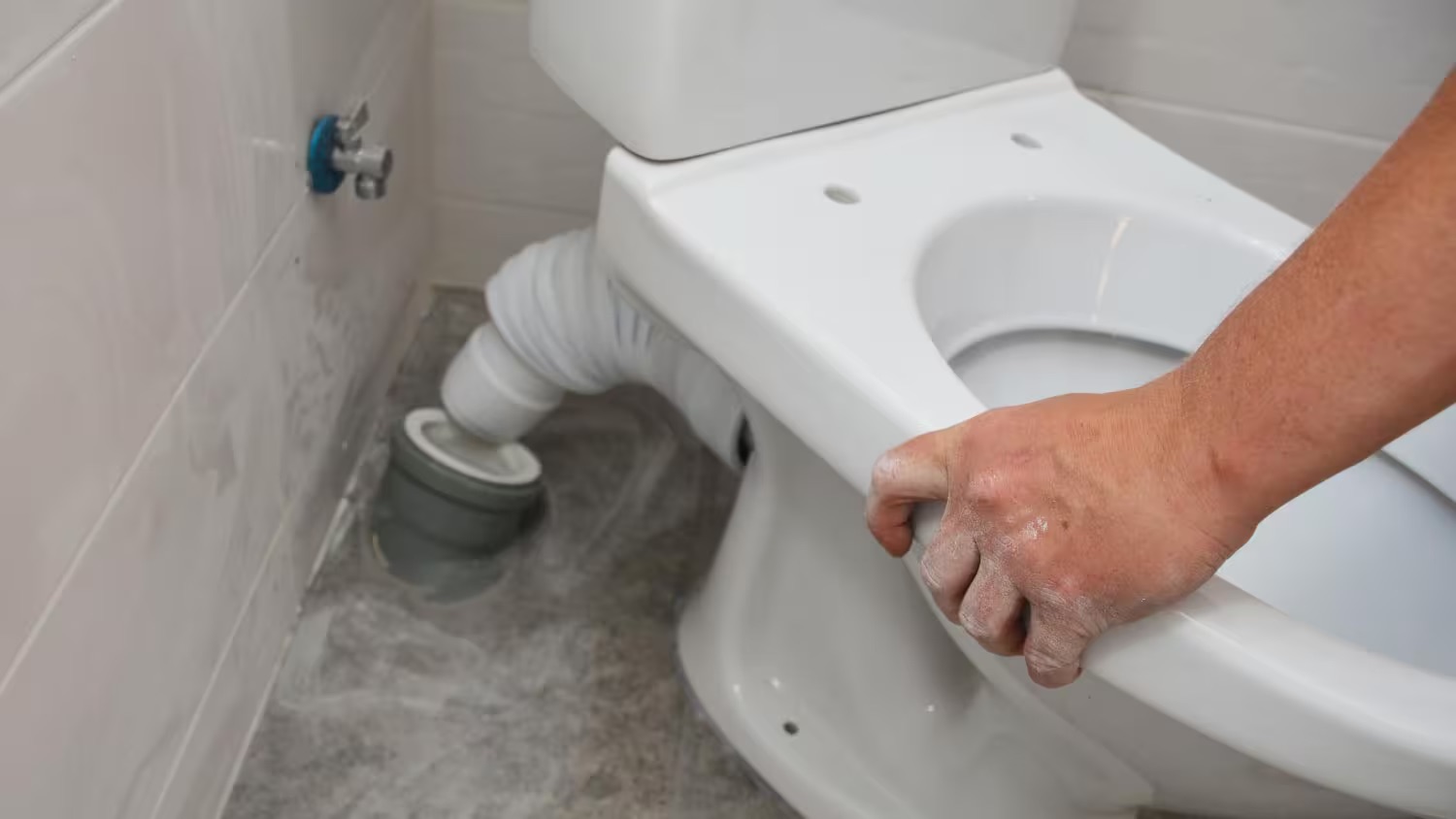
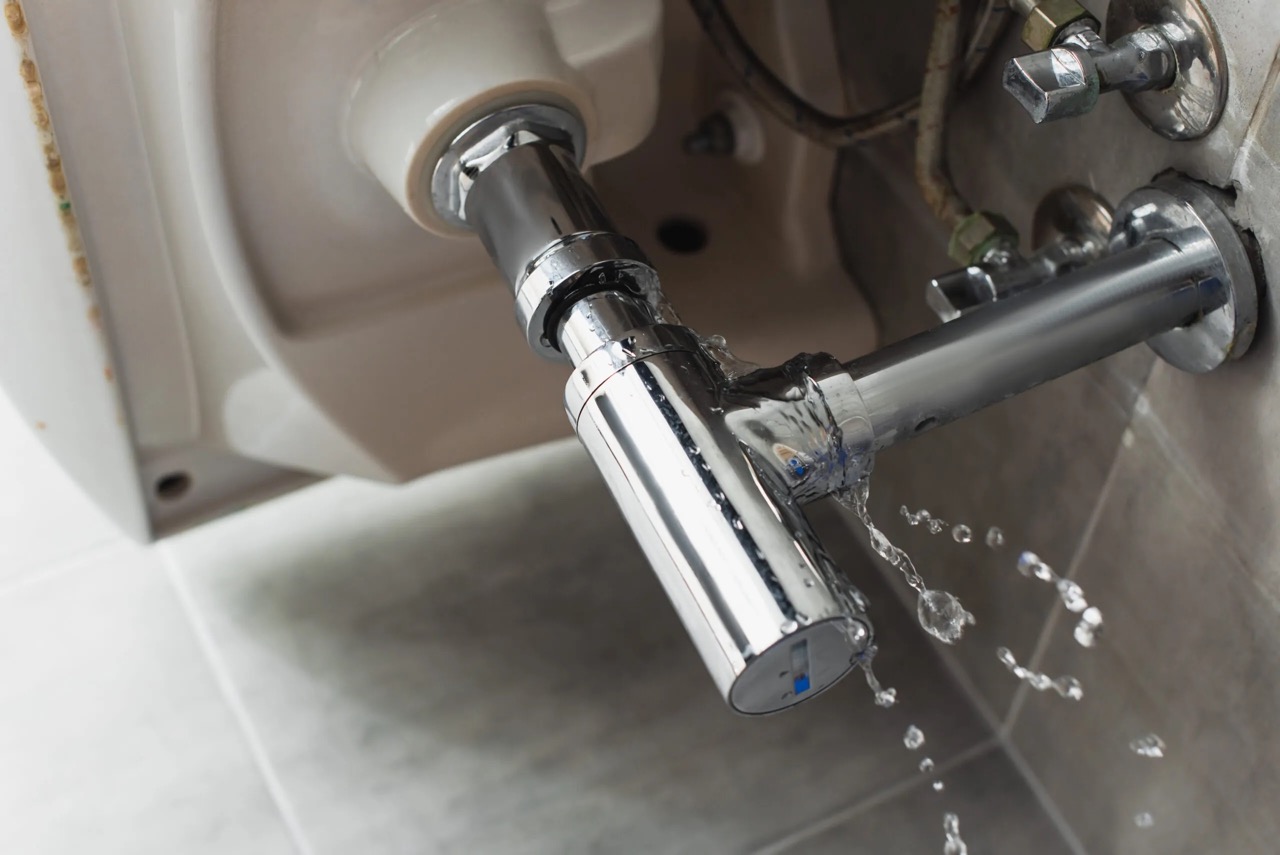
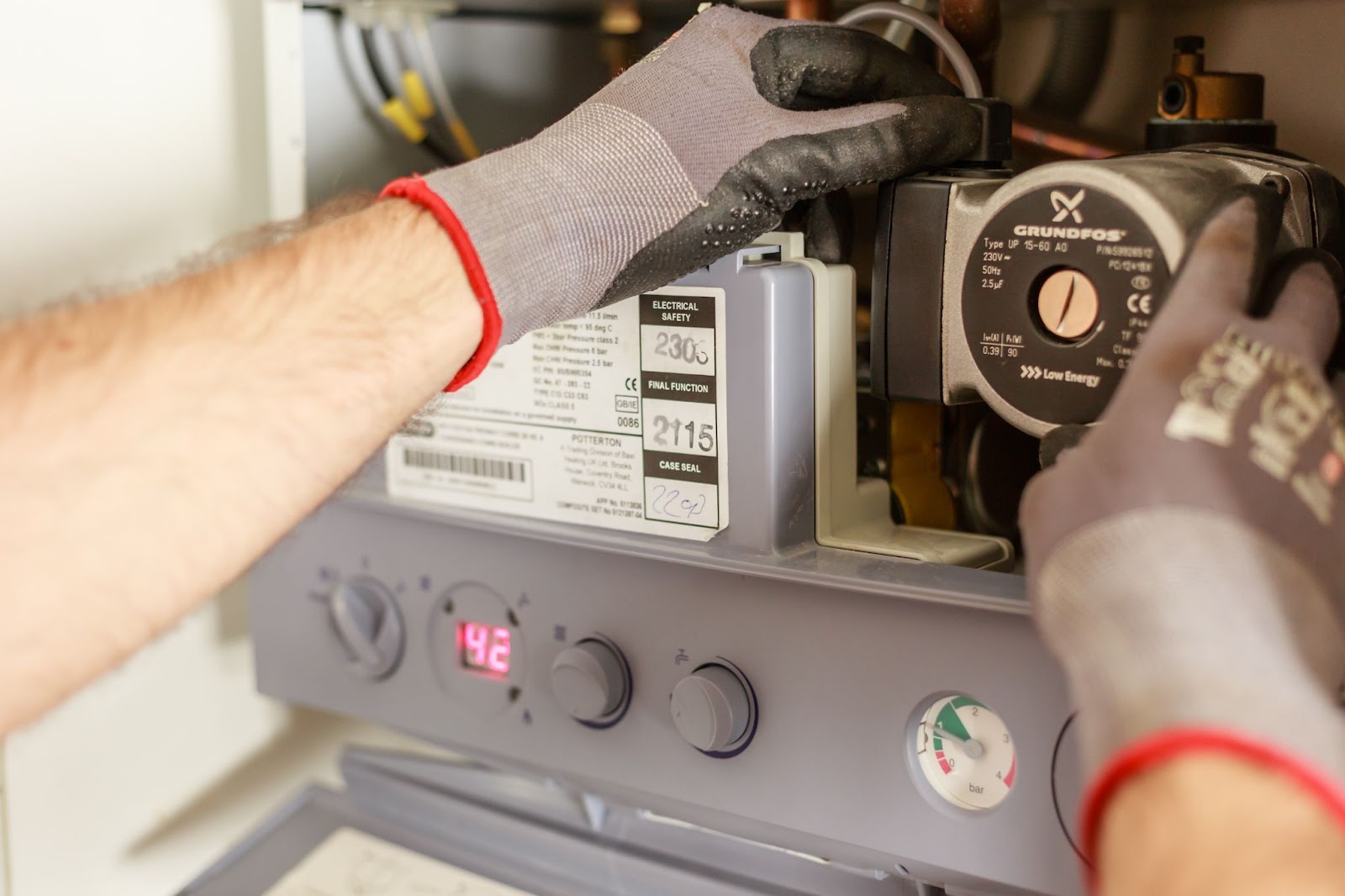
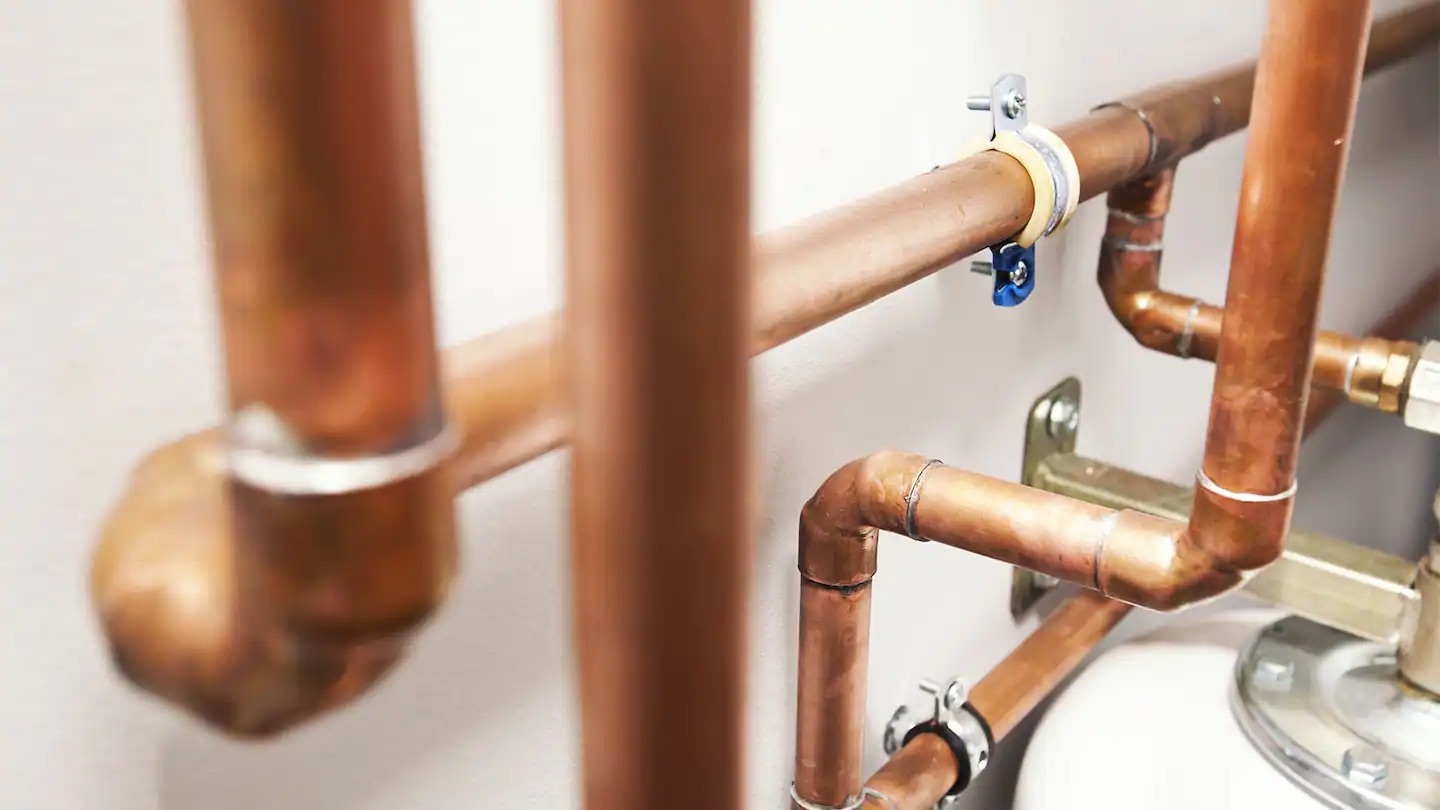
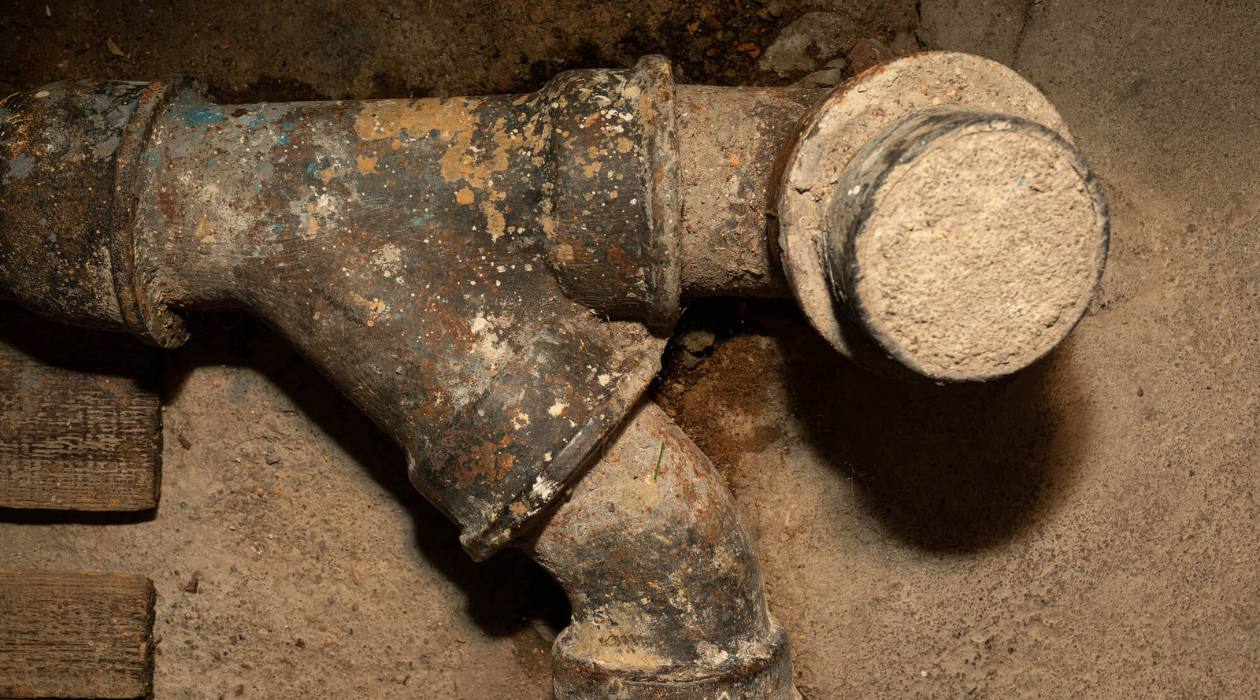
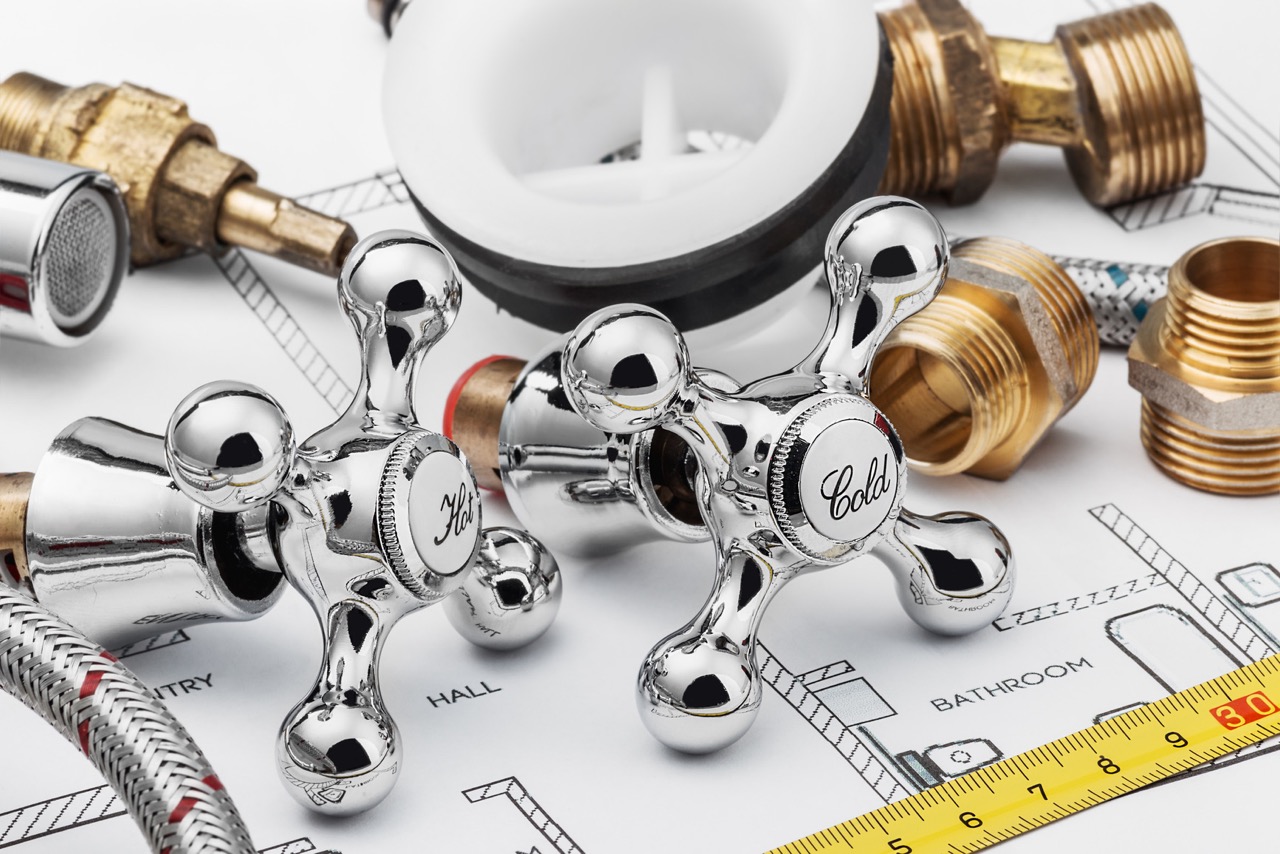
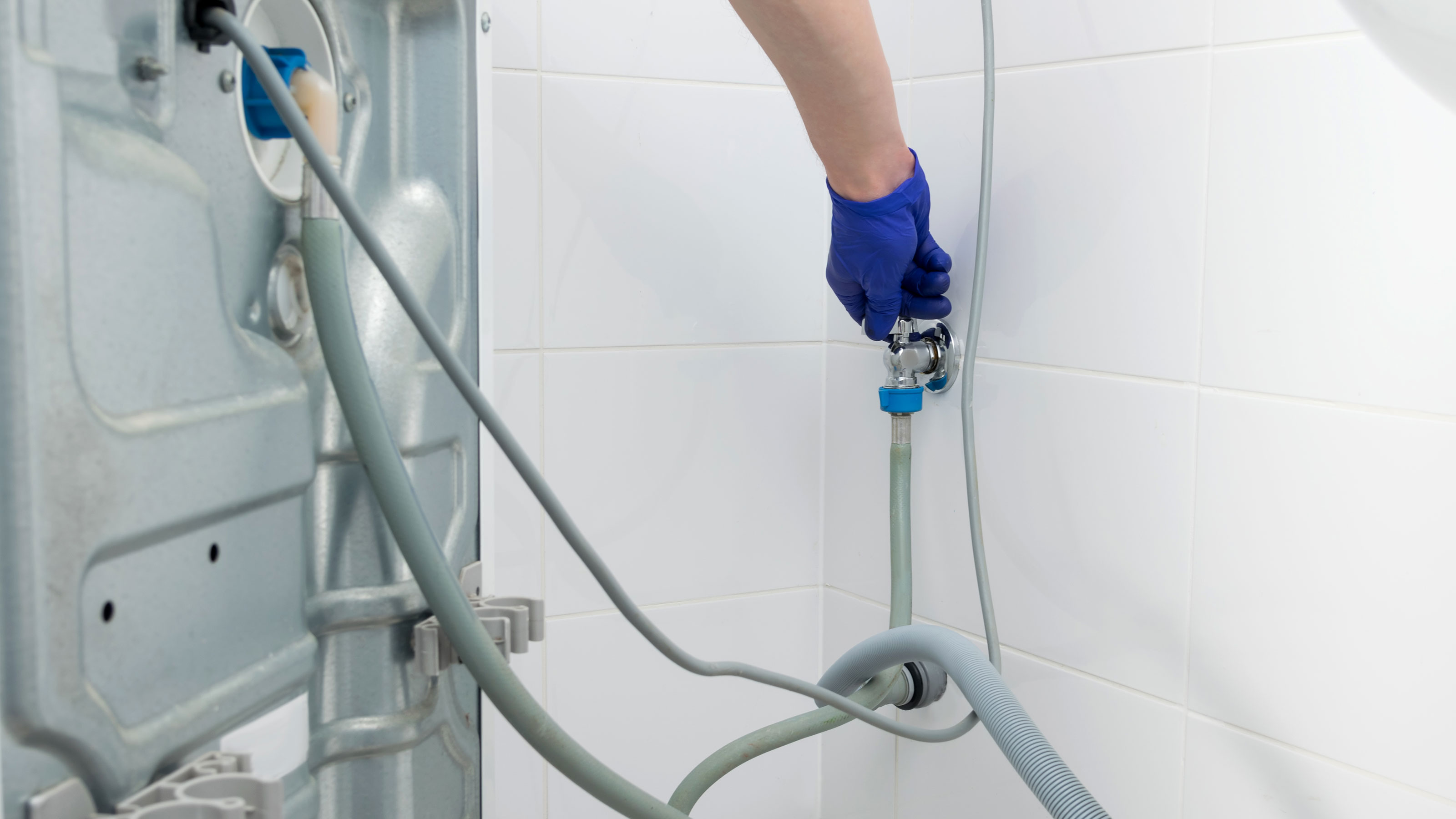

0 thoughts on “How Much Does It Cost To Move Plumbing Fixtures In The Bathroom”